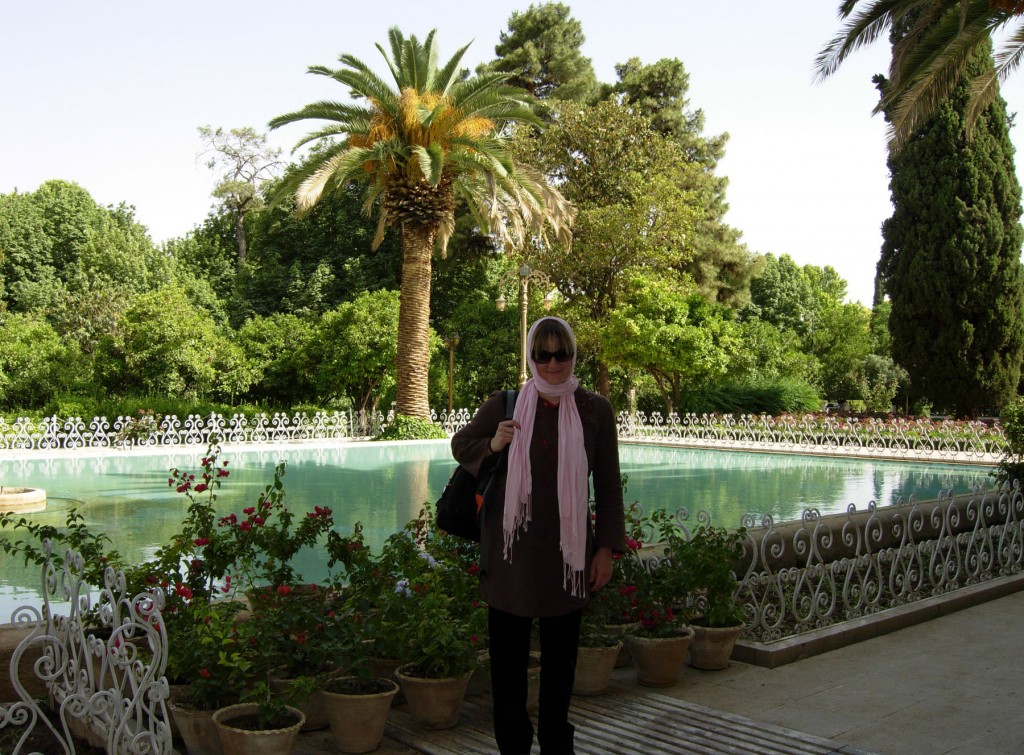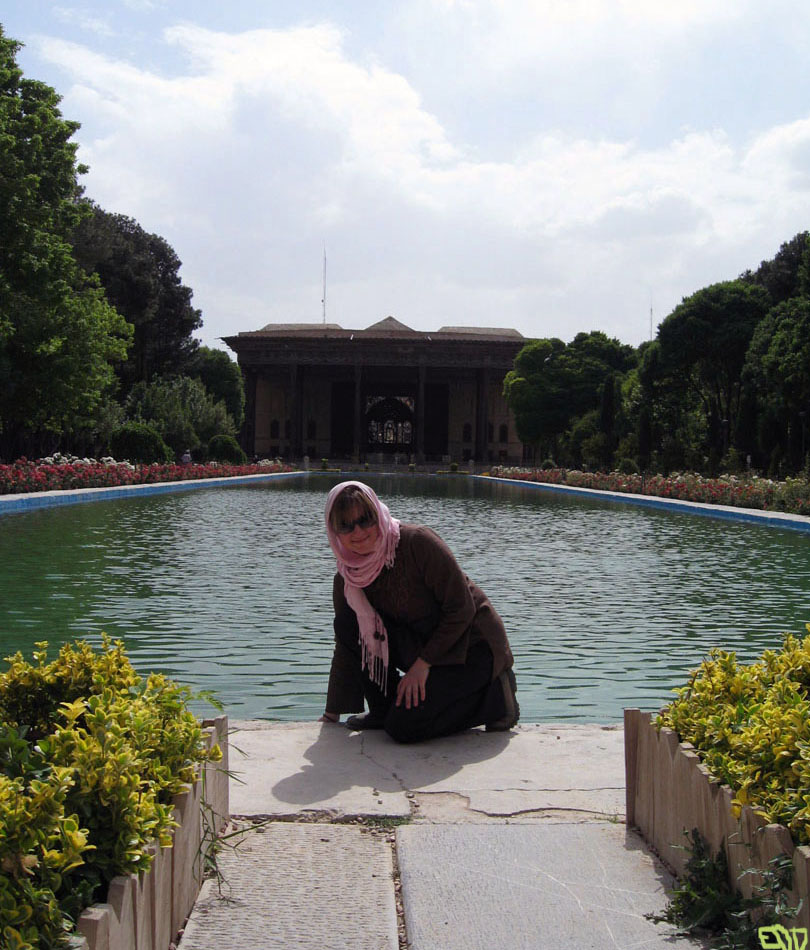Toward the gardens,
Toward the orchards,
I am going.
If you want to stay here,
Stay here –
I am going!
— Rumi
It’s no surprise that palaces and gardens weave their way through the poetry of Rumi. As articulated by UNESCO, “the Persian Garden is directly associated with cultural developments of Outstanding Universal Value,” such as the “literary works and poetry” of Persian poets like Rumi, Sa’di, Hafez and Ferdowsi. Persian gardens are considered the most beautiful in the world, and the “Persian Garden” (unchanged for over two millennia since the garden of Cyrus the Great’s Palatial complex) has even been placed on UNESCO’s World Heritage List.
One of my favorite things to do when traveling through Iran is to spend time strolling through the exquisite gardens of the palaces in Shiraz and Esfehan. When most people think of Iran, they think of deserts and camels–not lush green gardens and snow–or paradise. But the English word “paradise” is derived from the Old Persian word used for a garden enclosed behind estate walls. Because Persian gardens integrate the four Zoroastrian elements of sky, earth, water and plants, water plays a central role in their decoration, as you can see in these two photographs from Iran…
There is a moving palace that floats in the air
with balconies and clear
water flowing through, infinity everywhere,
yet contained under a single tent…
— Rumi

